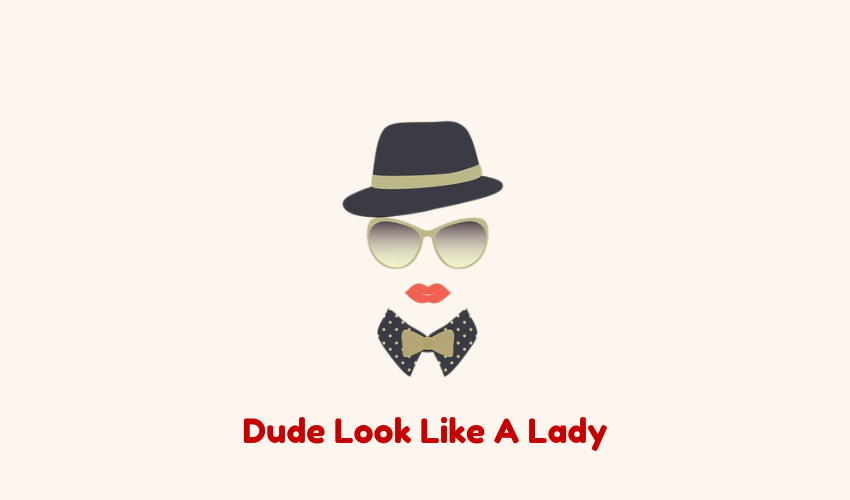There is a quaint (but almost certainly not true) story that American anthropologists Edward Sapir and Benjamin Whorf were partially inspired to develop their theory that language constructs reality upon learning that Inuits possess 50 odd distinct terms for snow. You and I look out the window and say, “It’s snowing” while our Inuit neighbors have a myriad of terms that more precisely describe the phenomenon of snow. Inuits see snow differently than we do.
- Kanevvluk: fine snow
- Muruaneq: soft, deep snow
- Matsaaruti: wet snow that can be used to ice a sleigh’s runners
- Pukak: crystalline powder snow that looks like salt
The idea of language constructing reality takes as its point of departure that language reflects the uniqueness of our environment, our experiences, and sometimes our cultural values. For example, what is the American English word for the parents of your child’s spouse?
There is no word for that relationship. However, in Spanish, there is a word: consuegros. The explanation for the existence of this term is that familial relationships, even extended ones, are extremely important in both Spanish and Hispanic culture.
To be clear, neither Sapir nor Whorf explicitly endorsed the idea that language creates reality. BUT we have. We believe that through the invention of language we can redefine reality.
The zeal to name, label, and compartmentalize human experience, however, can actually confound the project of bringing visibility, re-inventing reality. This is especially true in the specific genre of language creation that surrounds human identity.
Historically, the categorization of people was invented, maintained, and enforced by those holding power as a means to solidify and sustain their power. An example is the obsessive maintenance of racial genealogy spawned by the terrifying realization that visible indicators of Africanness begin to disappear in mixed race children. With the fragility of whiteness and blackness exposed in antebellum America, the following categories of blackness were invented:
- Mulatto: Someone of mixed European or African ancestry or more specifically in some antebellum regions, someone with at least one-quarter African ancestry
- Griffe: Someone with one-quarter European descent
- Quadroon: Someone with one-quarter African descent
- Octoroon: Someone with one-eighth African descent
All of this parsing of ancestral blood lines reinforced the social, legal, and political rule that someone was of African descent if they had “one drop” of African blood which served as the practical foundation for slavery as an institution and racism generally.
More recently, the less powerful and the least powerful, or those who act on their behalf, have gotten into the language invention game with considerable enthusiasm. During the 2024 campaign season, the use of Latinx to describe the Latino population found itself on the wrong side of identity politics when everyday Latinos informed the intellectual and political vanguard that they do not use (nor like) the term and moreover they are not having a linguistic or cultural identity crisis due to the grammatical gendering inherent to the Spanish language.
While that “oops baby” may have engendered some snickers from the back of the room, it most pointedly did not force a critical reflection on a related cottage industry: who and what is driving the proliferation of new terms to describe gender identity?
I am frankly less interested in the who or the why. I am more concerned with the extent to which the rise of cisgender, for example, undermines our ability to break free from the constraints of gender identities and reinforces the idea that gender is a real thing rather than a social imaginary.
Cisgender. No one, absolutely no one is authentically cisgender in 2024. Not a single human I have ever met robotically performs the gender historically associated with their biological sex. What cisgender manages to do is to objectify maleness and femaleness as real things rather than normative, disingenuous terms to describe a series of traits, behaviors, and attitudes that have been historically defined as masculine and feminine. Simply stated, terms like cisgender breathe new life into useless ideas.
Cisgender is a significant step backwards from the gender, women’s and queer studies of the 1990’s (especially) and the early 2000’s when the objective was to make masculine and feminine gender obsolete. That which was considered masculine and feminine was to be neutered and reconceived as one of many ways people, as people, chose to think and act in the world. The project was to eliminate gender because it wasn’t serving anyone well.
Feminists like Kathleen Hall Jamieson compellingly made the case in the exploration of double binds. Women in the workplace, for example, were discouraged from (often penalized for) being assertive (a trait only men should manifest) but simultaneously informed that their career advancement was stymied because they lacked leadership qualities like assertiveness. Similarly, it was not advantageous for men to assume a greater role in caretaking (nurturing being a feminine trait) if it traded off in any way with their job responsibilities or aggressive pursuit of career advancement—i.e. it’s great you coach your kid’s soccer team, but please don’t tell us you need to leave early to pick up your kid from school.
The way out of the double binds was to neuter assertiveness, for example, as a masculine trait or an indicator of women behaving badly and make it a gender-neutral trait whose appropriateness was based on context, not gender identity.
Feminist studies in the 1990’s laid bare the impoverishment of gender identification. It amounted to a series of no win, antithetical propositions wherein the feminine was always going to be devalued and the resulting prescribed traits and behaviors were obstacles to women advancing in the workplace and holding positions of power.
In our attempts to name gender fluidity, we have managed to re-entrench gender as a real thing and created new straitjackets for ourselves that are as confining and uncomfortable as maleness/femaleness, masculine/feminine always were.
The emergence of “they” as the fix—gender neutrality, ground zero—misses the point. “He” and “she” aren’t themselves real to begin with as gender identities. Adding more options to the referential soup is not an act of personal or political resistance. You are merely positioning yourself as “not them” without doing the actual political work of making “he” and “she” not matter socially, politically, legally, and economically.
A pronoun, by itself, is not political, profound, or revolutionary.
Declaring myself a “them” is not going to change how much I make relative my white male colleagues. It is not going to make my assertiveness any less caustic to those in my worklife. And is most definitely not going to inspire my superiors to embrace my nurture-driven employee management style as superior.
For the same reasons, my gender identification, is neither binary, nor plural, nor cisgender, queer, nor transgender. It is simply an amalgamation of learned behaviors and traits that sometimes serve me well and sometimes do not. And sometimes, I consciously choose to perform gender by engaging in strategic code switching if it advances my objectives. That is a game only the powerless learn to play well because it is a survival mechanism, actually and spiritually.
If you feel the impulse to label me cisgender, queer, or “they” please resist it. I am perfectly happy being none of the above and all of the above. Life is messy and labels and pronouns do nothing but obscure that reality.

